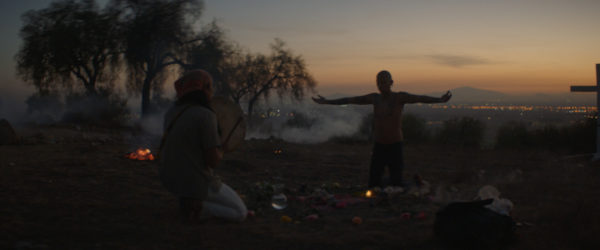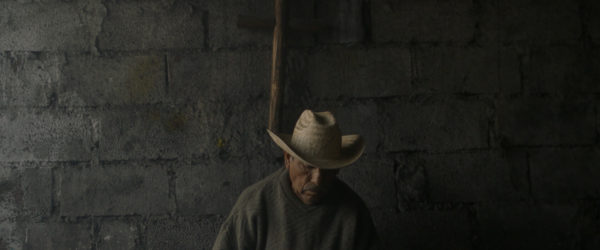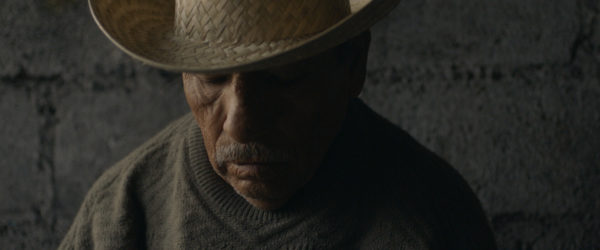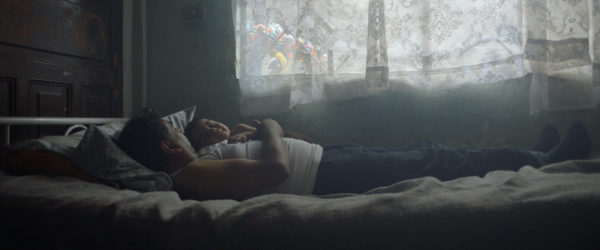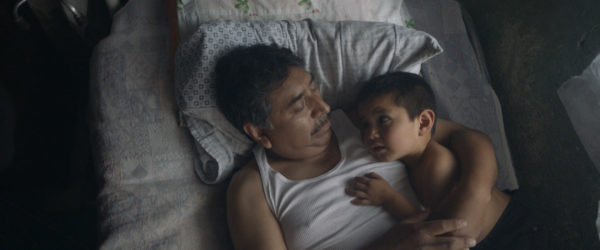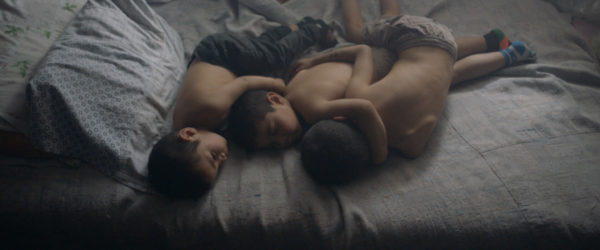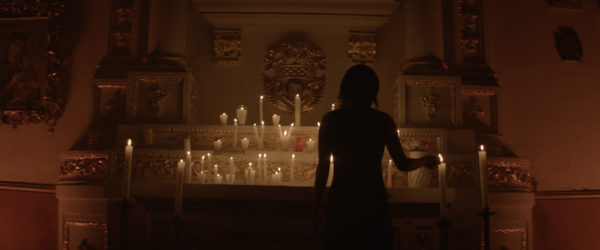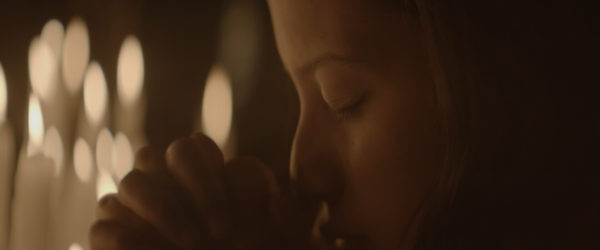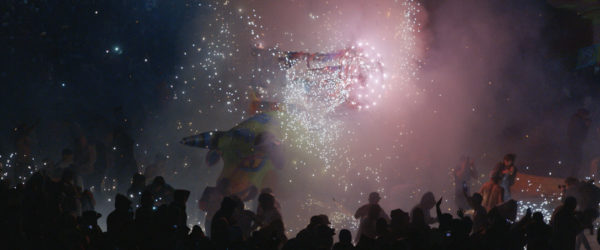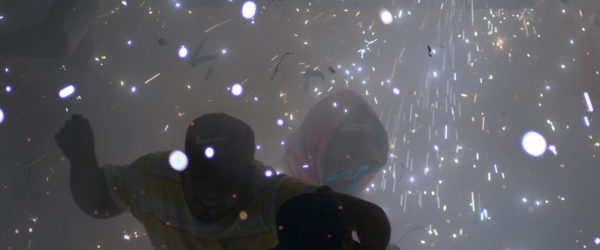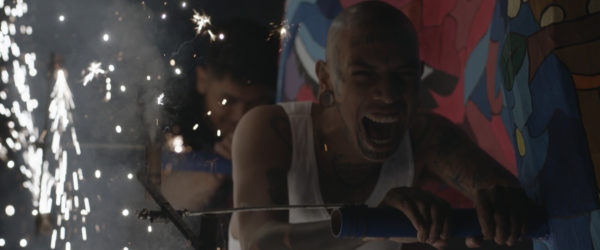Behind the Scenes
Life in Death: The Story Behind ‘Inferno’
Director Patrick Fileti is not one for doing things the easy way. We’ve already talked to him about his portrayal of the Syrian refugee crisis, but his latest project takes things to an entirely new level—life and death, in fact.
Inferno is a narrative/documentary blend with real stakes at its core, exploring the town of Tultepec, Mexico, and its deep connection to fireworks. Each year dozens of people are killed in firework production, which ramps up for the festival of San Juan de Dios. What’s most surprising, though, is the village’s reaction to this death.
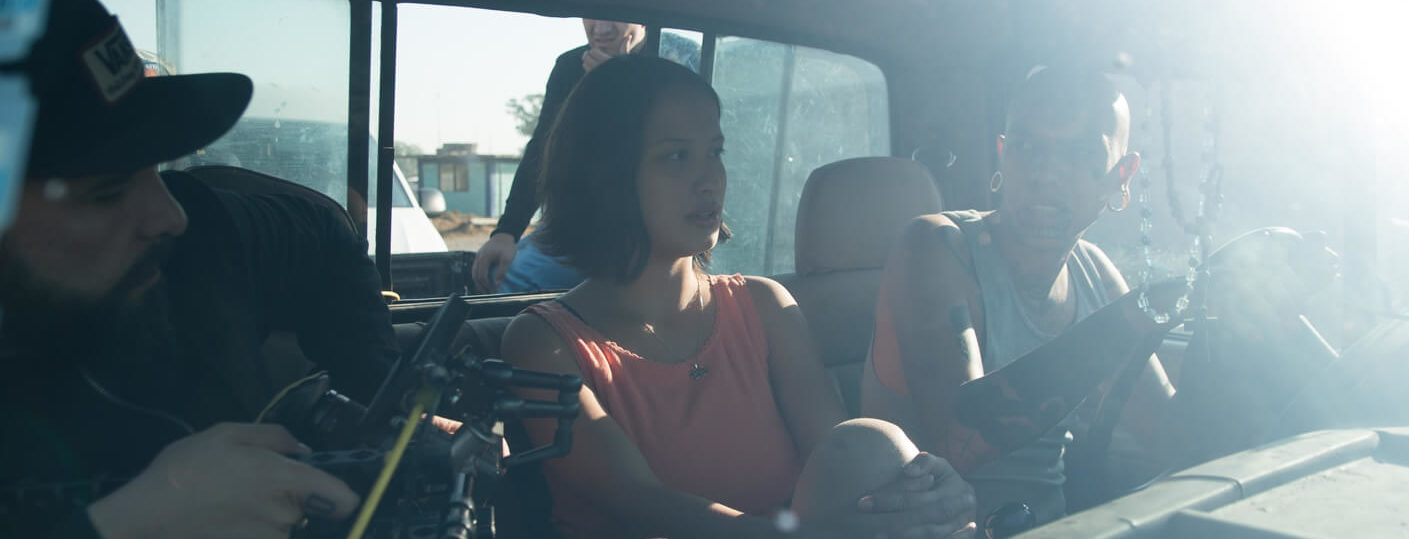
”It’s fascinating how this culture celebrates death as much as they celebrate life... I didn't want it to be a sad story. I wanted it to be a hopeful story. A story that expresses what they feel.
We had the chance to talk with Patrick about the insane production for this film, surviving explosions and flaming bulls, and how he embedded himself in Tultepec to bring it to life:
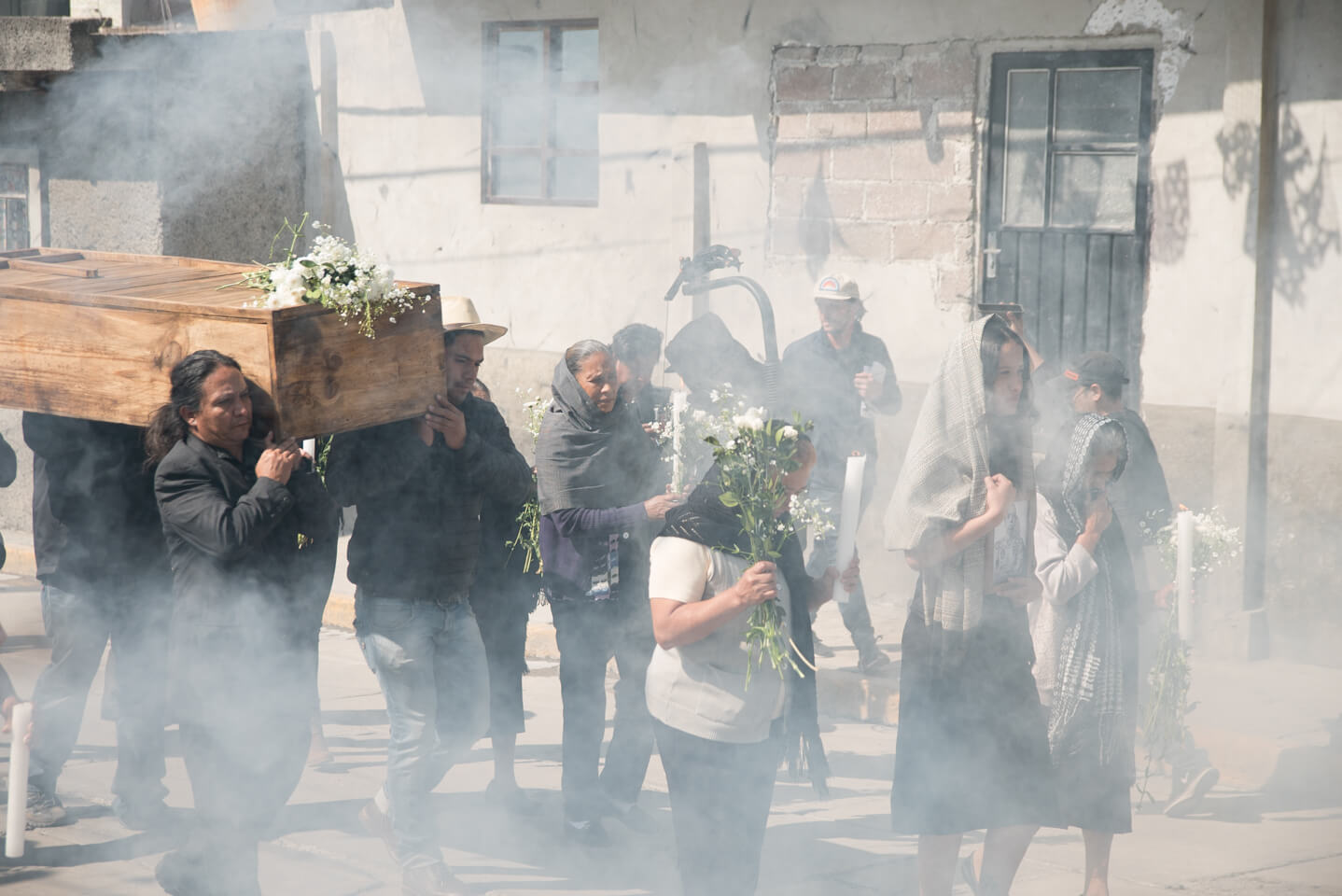
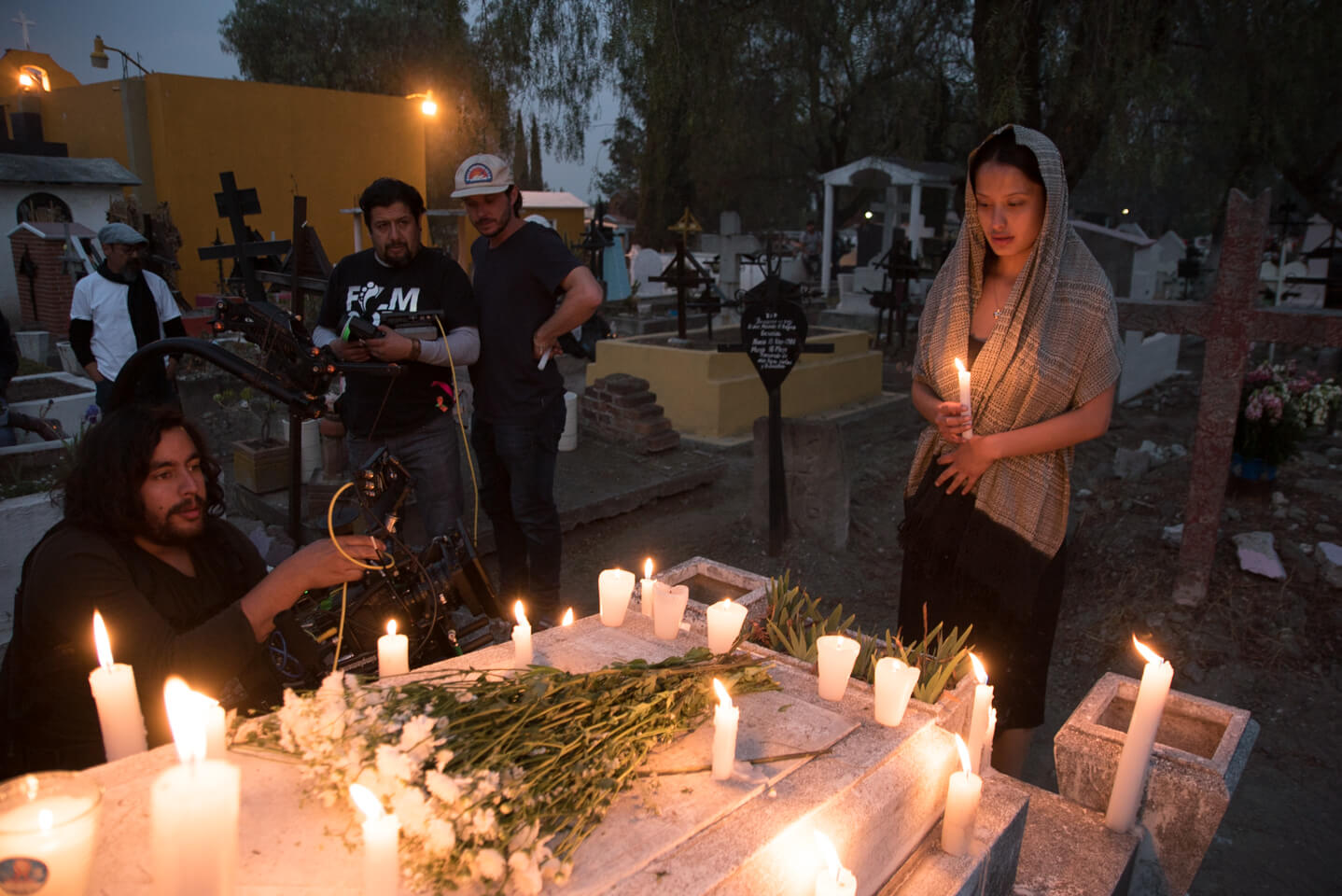
Filmsupply: How did you find this story?
Patrick Fileti: I’d heard about this town, this festival, but I hadn’t seen much about it. I’d only seen photos and straight away I was amazed by images of these bulls in a square with thousands of fireworks attached to them. This kind of pandemonium of crazy lights and fireworks, people shirtless without glasses or anything just kind of jumping right in there.
I’d been to Mexico that year when I saw those images and I’d seen a smaller version of it. It’s a ritual to St. John of God, who is their Patron Saint of fireworks. I started researching and heard about the amount of the deaths that happen each year. There are 180 pyrotechnic-related injuries, and 48 deaths each year on average.
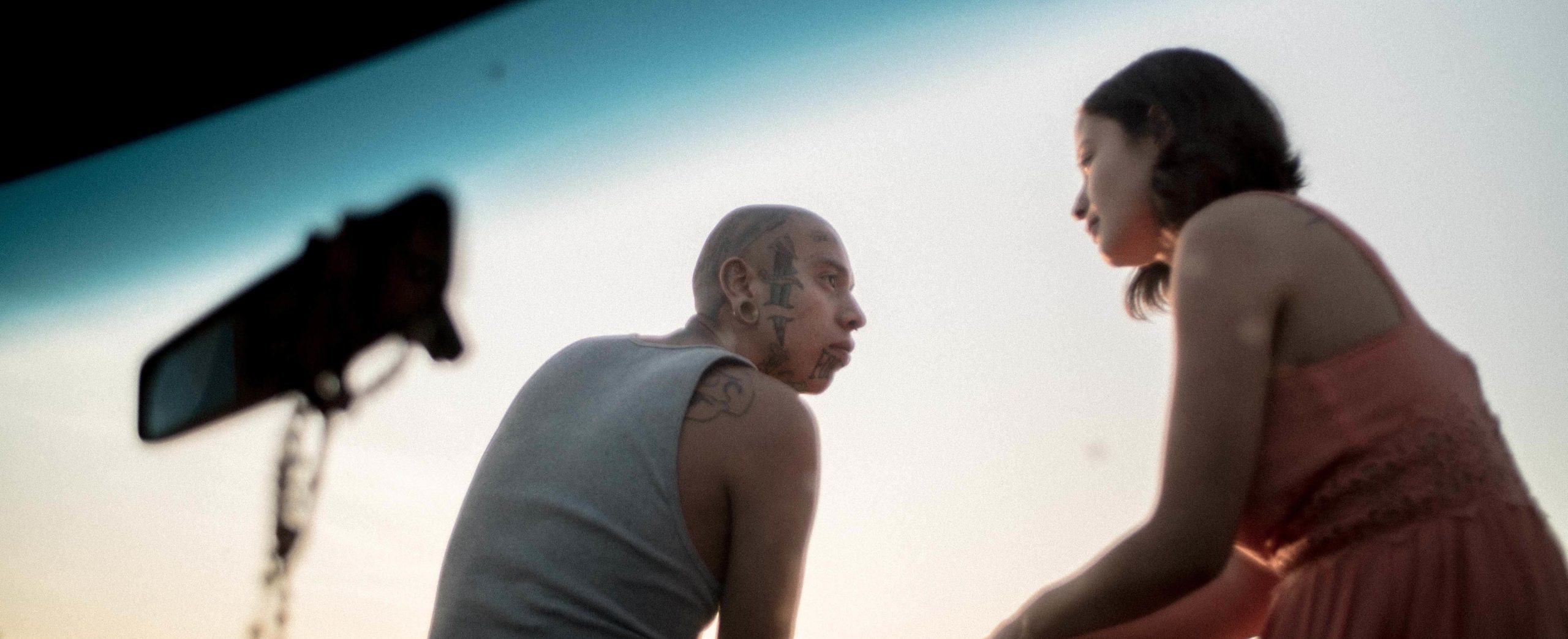
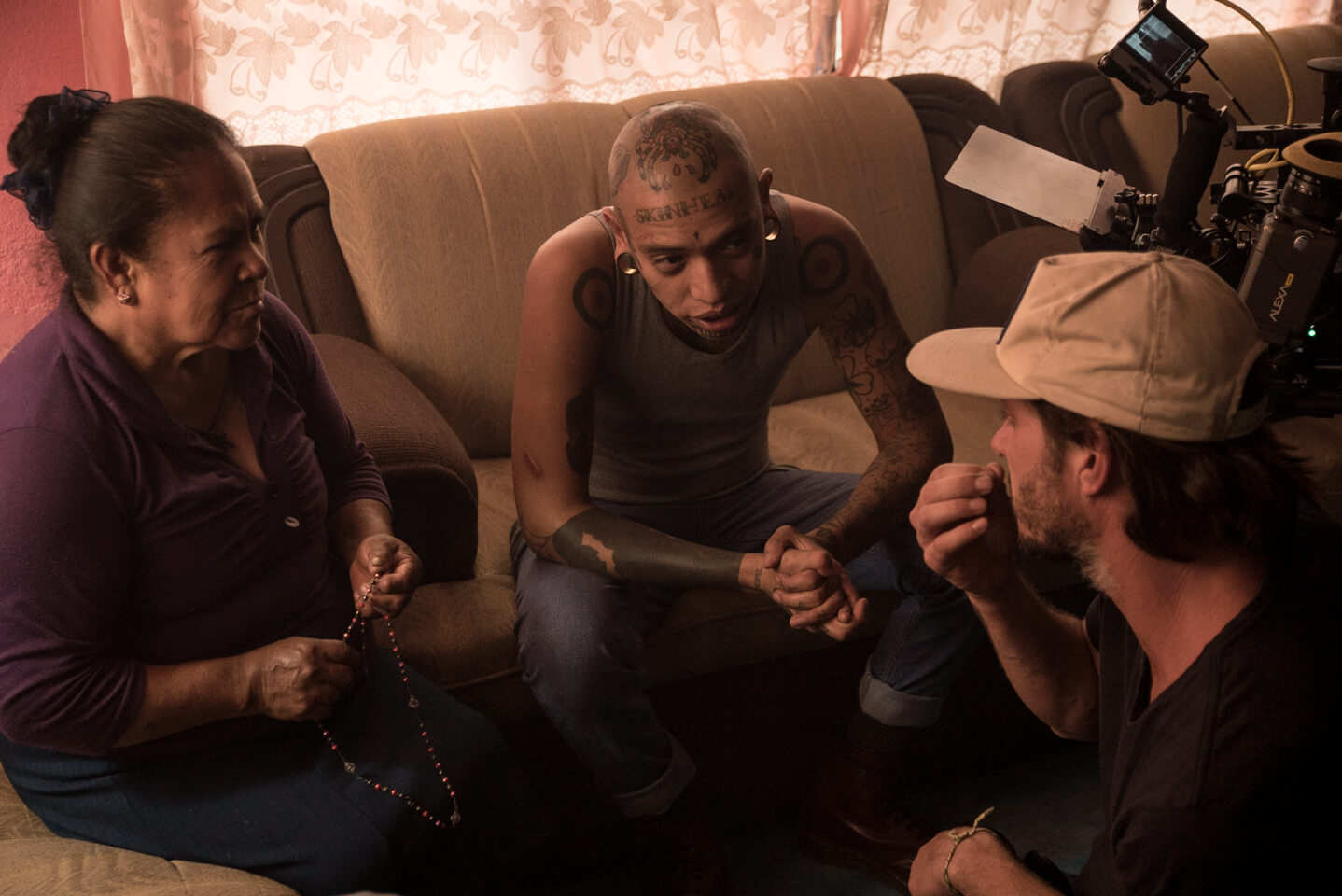
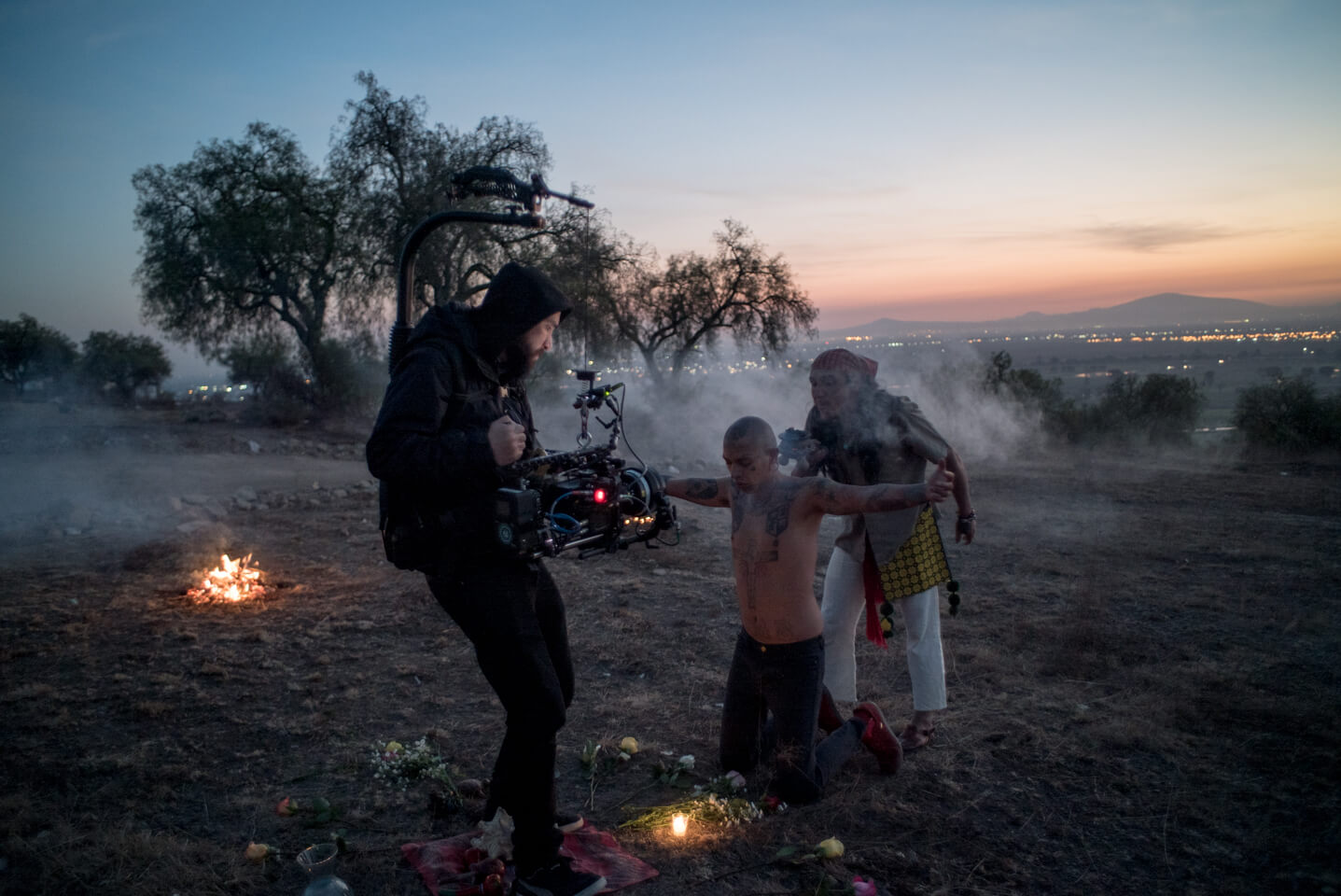
What about this story drew you in?
I guess a big part of it was the intensity of it that drew me in. I knew this would be a good story, but I didn’t realize how dangerous it actually is until I got to the ground, hearing the stories from people. I found a local guide, like a local producer, who knew the village a little bit, had done some work there. We just went knocking on doors and I stayed with a family there for over two weeks, interviewing people, figuring out the story and from that came the idea of a film.
The story of the man who died?
Yeah, it was a story about a young man who’d passed away a few years ago. He’s actually the only one who’s died from the parade. A bull fell on him and 90% of his body was burnt. And he eventually died. I heard the story from his mother and I wanted to recreate his life. We actually just showed it to the family. They were all in tears and super thankful and it was quite heavy.
I wanted to play with the idea of fiction and nonfiction. I wanted to find my voice within the documentary genre. A lot of people have asked, “Oh, this is real or not real?” It is real and all the stories are real, but there is, I guess, a recreation in it. I wanted to make that feel as real as everything else and vice versa. I think it’s an interesting approach to how to tell a real story. Actually, it went on and won ShortFest’s Best Documentary at Palm Springs International Film Festival, which is great.
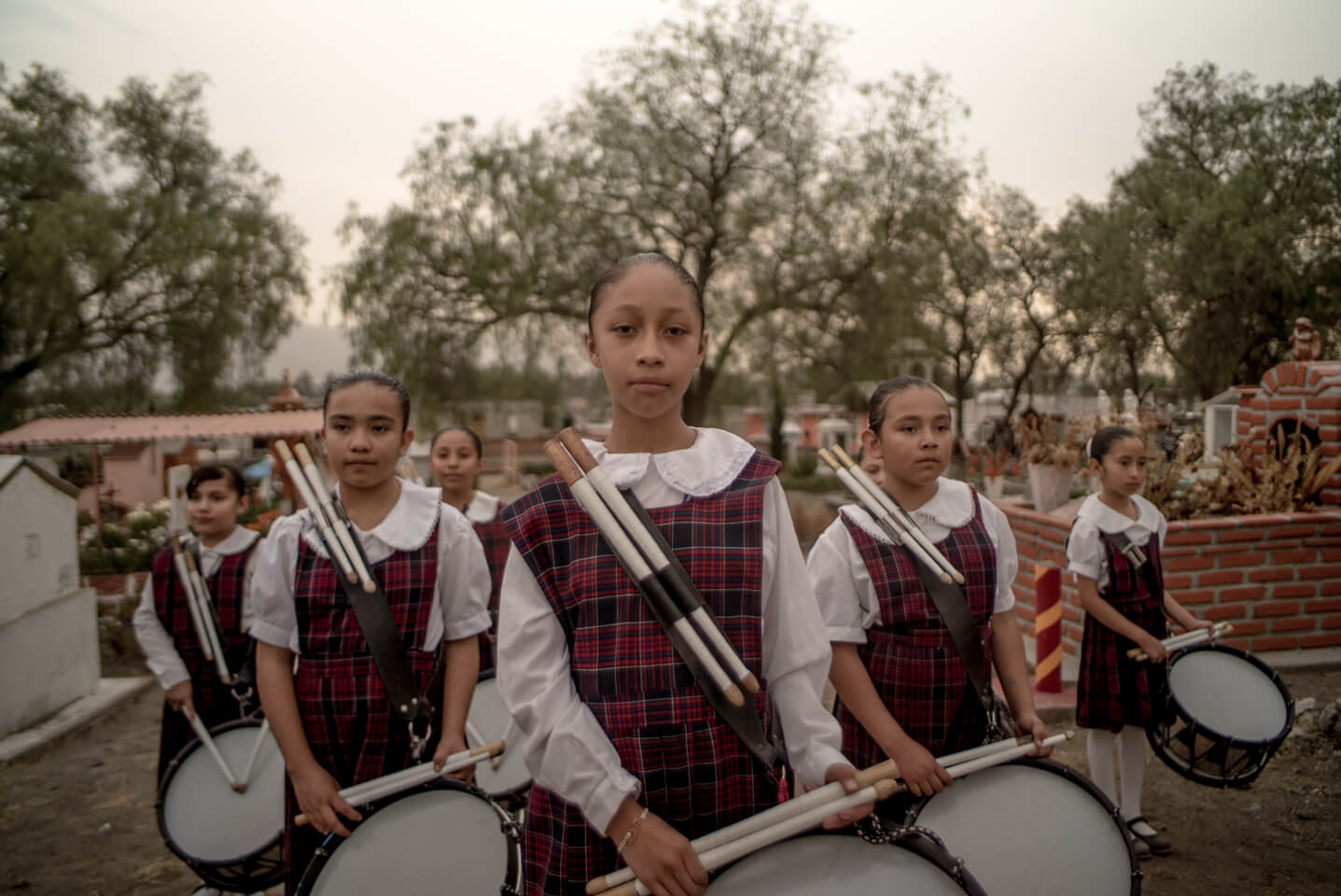
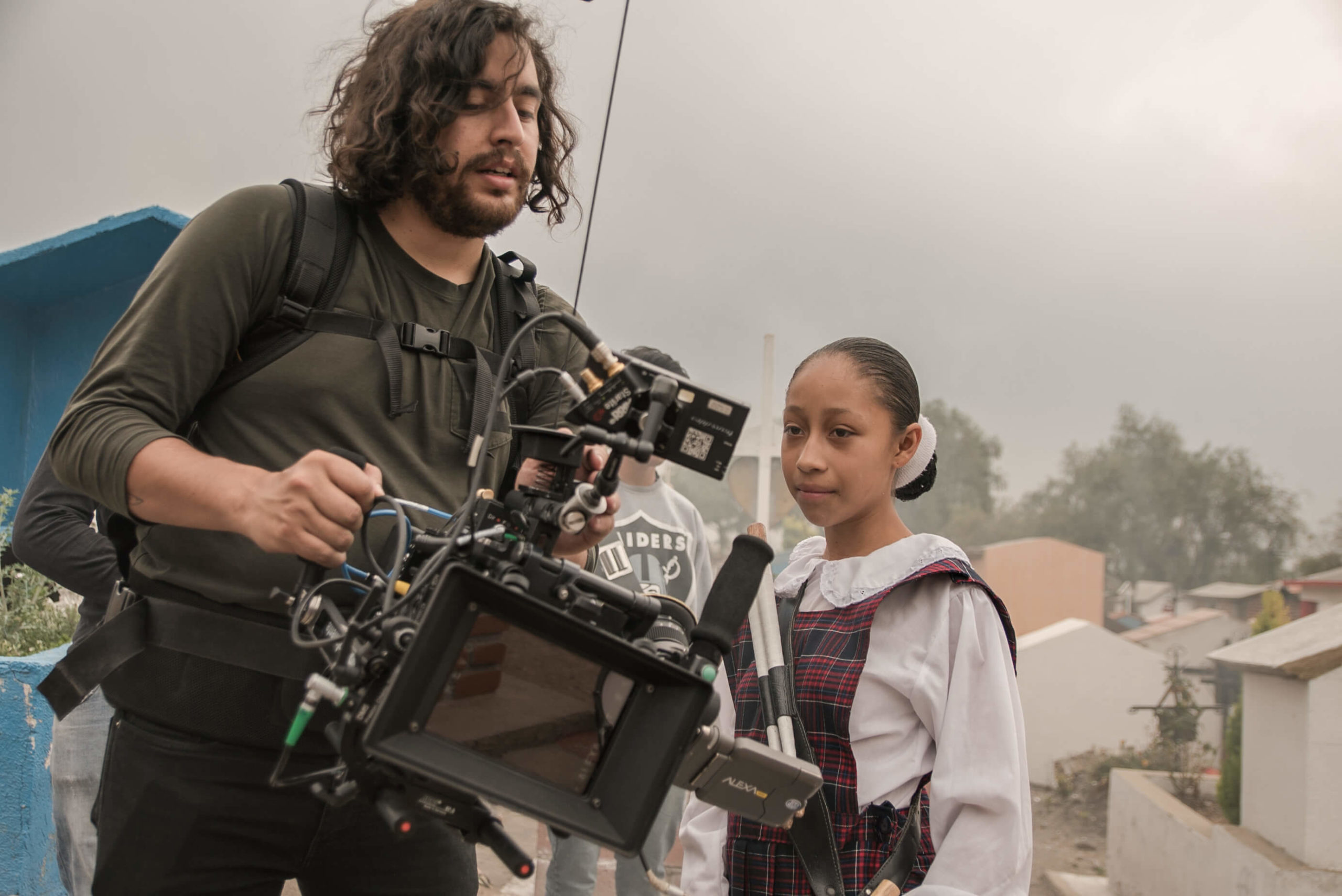
In the writing process, how did you distill all of this information into something digestible?
I knew the story I wanted to tell. After I interviewed the villagers, I was going off memory more than anything. I didn’t actually sit down and go through the interviews again because I wanted to work off of intuition more than specifics. I didn’t want to go back and analyze the whole thing. I wanted the interviews with all of these people to have their own effect on me. Not only from their own voice, but also from me meeting them and being kind of taken into their world.
I speak Spanish, I grew up in Spain, so I didn’t feel like an outsider coming in to criticize them or look at them from the outside. I wanted to feel part of the story. I wanted to feel part of the town, to feel part of their experience. I sat down for a week and wrote the visuals I wanted to explore, kept it quite loose, and wrote certain scenarios that I wanted to capture and recreate.
All the cast are all people from town. I recreated a funeral. There were lots of little symbolic things that I wanted to work into the project. The theme of the film is really that there’s as much death as there is in life. It’s fascinating how this culture celebrates death as much as they celebrate life, so that was the overarching idea and the story was this town. I didn’t want it to be a sad story. I wanted it to be a hopeful story. A story that expresses what they feel.
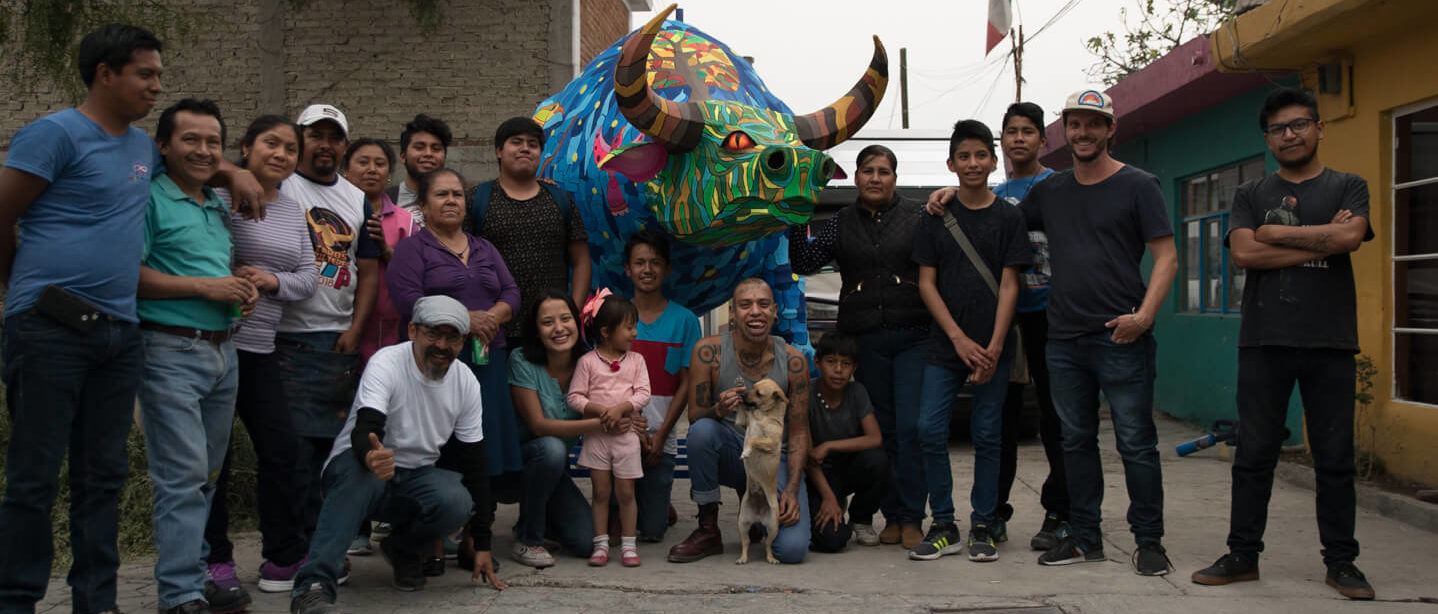
How did you find a team for this project?
I cold-called a few production companies just to see if they could help me. I got in touch with a company called Cineburó, who are an up-and-coming music video company. I reached out to a guy who I saw some credits on a film and he got back to me and became my producer. He threw everything he had at it. It’s a personal story of his as well.
I had to keep it quite small and the other person I did manage to get was a DOP called Galo Olivarez, who unbeknownst to me had just finished shooting Roma. He said he loved the treatment, and would love to be part of it.
I didn’t want to go in there with a massive crew and overwhelm the town. I wanted to blend in. I wanted it to be tight-knit, five or six people. A few lights. Good camera, good DOP and some great talent, great cast and just kind of make it feel more organic. Not as intrusive.
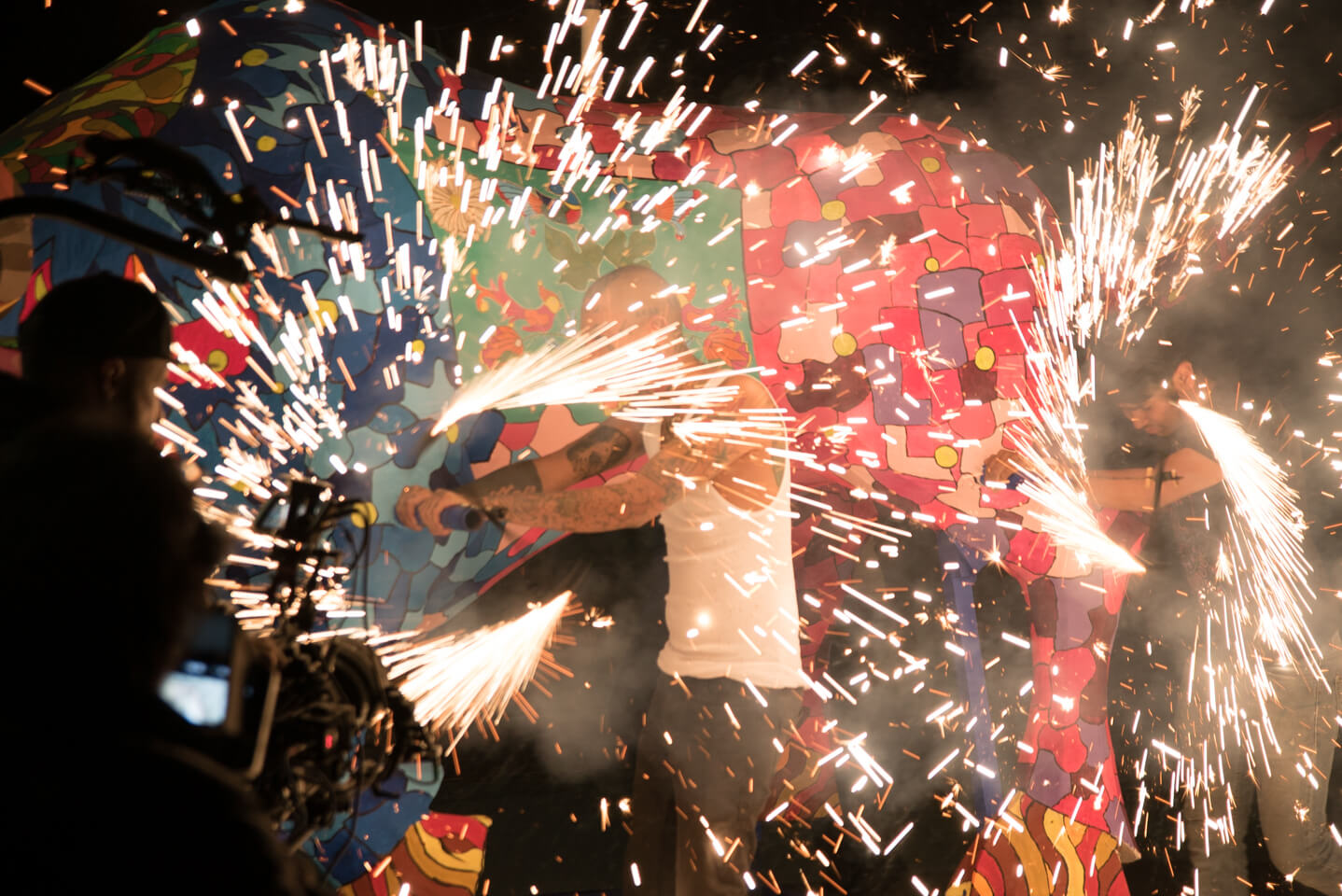
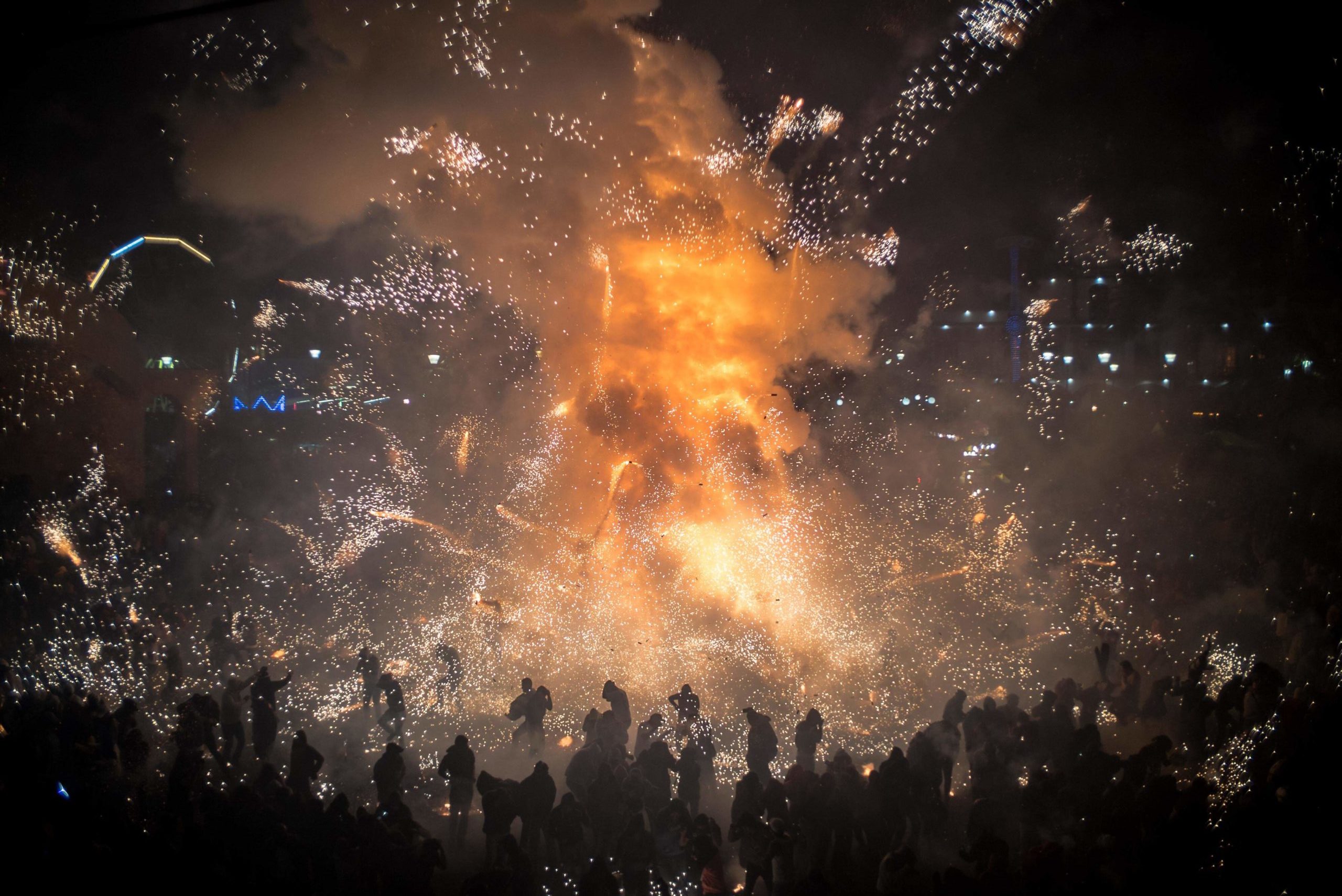
Let’s talk about the actual festival. How did you shoot it while keeping your crew safe?
That was definitely the biggest worry. Obviously everybody’s safety was important and I had to get full insurance that would cover us. I did pretty much everything—the art department, safety. I hunted down fireproof overalls in Mexico City, goggles, masks, all this stuff for the actual festival.
We managed to have an insider contact, so we got a really good rooftop to film from, which is fairly safe. In Mexico, there’s always a technician that comes with a camera and he says what’s allowed and what’s not. They didn’t want to go in at first. So, out of respect to the DOP, I basically got in and tested the waters out.
I went in for half an hour with the bulls by myself with the smaller camera. I was a couple meters away from a bull. I guess after the DOP saw me doing that, he was like, “Fuck that, I’m going in as well.” He convinced the technician to let him go in for a little while. Things started to get a little bit tricky, because you can get caught, so waves of people come in with bulls. Everybody starts getting more and more drunk and more crazy, then basically three or four bulls start coming in at a time and that’s when it starts becoming really nuts.
There’s a hospital set up right there next to the square and there’s at least 100 injuries during the night. We had a few security people help us and make sure everybody is safe. There were definitely some hairy moments in there.
Do you think their living so close to death creates those beliefs or visa-versa?
I’m not sure. A few of the people I interviewed told me, “We do it knowing the risks.” Many of them said, “The way I’d like to go is with my work, with my passion, with my love. For me, dying in an explosion of my own fireworks is like an honor.”
It was quite powerful to hear those stories. We were actually filming one day in the warehouses and there was an explosion next to us and two people died a couple hundred meters away from us. That’s the kind of situation we were in. I’ve always found the Day of the Dead quite fascinating. But, this is the town that lifts to a whole new level. They’re definitely the town in Mexico that lives the closest to death.

